One of the unifying characteristics of humanity’s history relates to the development and essence of myths and lore. Simply put, mythology (derived from the Greek mythos for story-of-the-people, and ‘logos’ for word or speech) is one of those expansive avenues that has been the cornerstone of religious and cultural development in civilizations across the world.
And while some 19th-century scholars made their harsh pronouncements on the ‘primitive’ nature of many such myths, most modern historians have dismissed such myopic notions in favor of viewing mythology as compelling manifestations of psychological, cultural, or societal truths.
Contents
Egyptian Mythology And Its Family Tree Of Gods
Pertaining to the last sentence of our introduction, the nascent stages of ancient Egyptian mythology were presumably influenced by the natural surroundings and events affecting Egypt itself. For example, the cyclic pattern of the sun and the seasonal pattern of Nile floods (that enriched the soil) played crucial roles in establishing the water and the sun as symbols of life.
The very geographical core of the ancient Egyptian civilization – the fertile Nile Delta, was surrounded by arid lands and deserts (populated by fringe groups of raiders and nomads). Inspired by these real-time scenarios, the ancient Egyptians regarded their land as the haven for tranquil stability, which in turn was ringed by swathes of lawless realms – thus essentially creating the trichotomy of order, chaos, and renewal; themes that are integral to Egyptian mythology.
On the other hand, historical events also played their part in shaping the mythology by the end of the Predynastic Period, circa 3100 BC. This was the epoch when Egyptian pharaohs united both the Upper and Lower realms, which in turn made such kings the focus of adulation in the religious context.
Thus the pharaohs were associated with divine entities, and as such various ancient Egyptian inscriptions and iconography (especially from the later 18th and 19th dynasties period) depict the kings in the style of the sun god. Some of these portrayals even project the pharaohs as incarnations of the god of war and valor Montu (falcon god) or as personifications of Egypt itself.
In any case, as for the presentation of the family tree of ancient Egyptian gods and goddesses, the brilliant infographic was made by the talented Korwin Briggs. Briggs has added this as a disclaimer –
…what we think of as The Egyptian Pantheon is really a whole bunch of similar-but-not-identical pantheons which were mostly based in individual cities – Thebes, Heliopolis, Memphis, etc. – and went through a lot of changes over their 3000+ year history. It’s as nice a chart as I could make after smooshing together a bunch of those similar-but-not-identical pantheons into one image, but it also contains at least a half-dozen gods who were in charge of their own version of this pantheon, and a bunch of others who could be related to each other in totally different ways depending on when and where you asked.

For More Details On The Egyptian Gods And Goddesses – Check Our Comprehensive List.
Greek Mythology And Its Family Tree Of Gods
Greek mythology, unlike the Hindu Vedas or even the Bible, was not available to the ancient Greeks through a singular compilation of texts. Instead many of the characters and their backstories were borne by the oral traditions developed during the Mycenaean Bronze Age. Now, of course, the greatest example of Classical Greeks being inspired by their ‘ancestors’ comes from the epic poetry of Homer in the Iliad and Odyssey.
To that end, rather than a historical exposition of how Mycenaeans fought and behaved, these epic literary works should be viewed more like a compilation of folkloric traditions that were passed down through generations from around the 9th-8th century BC (three centuries after the passing of the Mycenaeans).
In any case, the mythical gods, heroes, and monsters (a few of whom make their way into the Iliad and Odyssey) epitomized various scopes, ranging from religious rites to weather. Simply put, this array of entities provided the ancient Greek folks with the meaning of worldly and natural cycles, which rather justified their existence within the framework of mythology.
And historically, it was probably the poet Hesiod’s Theogony that compiled the first known origin story of Greek mythology, circa 700 BC. He was followed by various other Greek playwrights and poets (like Aeschylus, Sophocles, and Euripides) who played their part in expanding and even refashioning some elements of the vast scope of Greek mythology.
Coming to the presentation of the family tree of ancient Greek gods and goddesses, Briggs made it clear –
So this is not even close to a full list of Gods and Goddesses, to say nothing of all the demigods, mythical creatures, anthropomorphized-concepts, and other things that show up in Greek mythology. Just some of the biggest, most important ones.

For More Details On The Greek Gods And Goddesses – Check Our Comprehensive List.
Norse Mythology And Its Family Tree Of Gods
Among all the above-mentioned mythologies, Norse mythology probably has the vaguest of origins, with its primary scope borrowed from a patchwork of oral traditions and local tales that were conceived in pre-Christian Scandinavia.
Fortunately enough, many of these varied parcels of old fable were collected and compiled in manuscripts (comprising Old Norse texts), in circa 13th century Iceland. One of these important Old Norse works of literature pertains to the Prose Edda, assumed to be written by the Icelandic scholar and historian Snorri Sturluson, circa 1220 AD.
The other crucial literary work composed in Old Norse relates to the Poetic Edda. As its name suggests, the compilation consists of poems dating from circa 1000 – 1300 AD, with most of the collections (and their variant versions) containing text from the Codex Regius (Royal Book), an Icelandic medieval manuscript dating from circa 1270 AD.
The Codex Regius in itself is considered one of the most important extant sources for both Norse mythology and Germanic legends. John Bruno Hare, the late founder of the Internet Sacred Text Archive, had this to say about the related content of Poetic Edda –
The poems are great tragic literature, with vivid descriptions of the emotional states of the protagonists, Gods and heroes alike. Women play a prominent role in the Eddic age, and many of them are delineated as skilled warriors. The impact of these sagas from a sparsely inhabited rocky island in the middle of the Atlantic on world culture is wide-ranging. Wagners’ operas are largely based on incidents from the Edda, via the Niebelungenlied. J.R.R. Tolkien also plundered the Eddas for atmosphere, plot material and the names of many characters in the Hobbit, and the Lord of the Rings.
As for the presentation of the family tree of ancient Egyptian gods and goddesses, Briggs maintains –
I realize this is a weird way to lay out a family tree. In my defense, it’s a weird family. And also a very inconsistent family – a lot of these relations are vaguely defined at best, and in some cases, different sources directly contradict each other. The most comprehensive primary source, written by Snorri Sturluson, is the least reliable by far, because it’s partly true but badly cited, and partly made up, and we can’t be really sure which is which. But since the choice was to use Snorri or leave half of these descriptions blank, I went with Snorri.

For More Details On The Norse Gods And Goddesses – Check Our Comprehensive List.
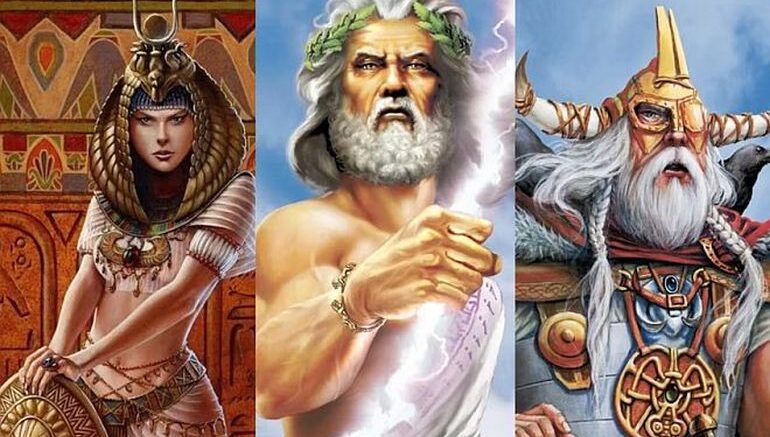
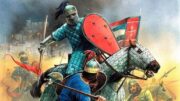
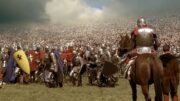
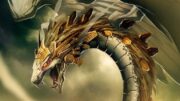
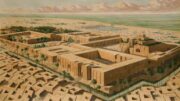
Be the first to comment on "Take A Gander at the Mythological Family Trees of the Egyptian, Greek, and Norse Gods"